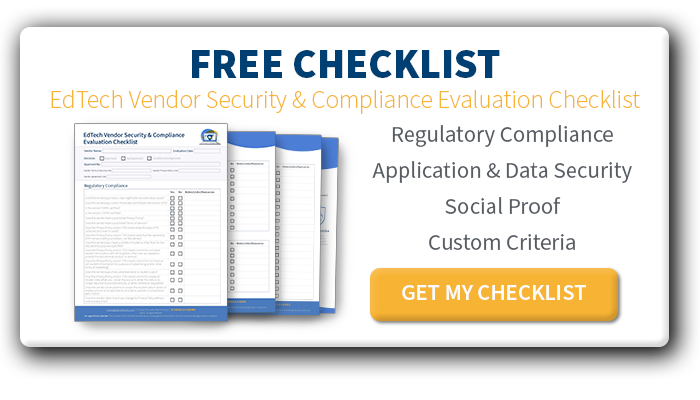Cloud technologies are growing in popularity in K–12 school districts, with IT decision-makers adopting collaboration tools, Software as a Service applications and cloud-based backups. Among IT decision-makers surveyed, 93 percent use Google Workspace, Microsoft 365 or a combination of the collaboration platforms in their districts, according to “What You Don’t Know Can Hurt You,” a report by Edweek Research Center and ManagedMethods.
However, despite the widespread use of cloud tools in K–12 education, only 23 percent of respondents are “very concerned” about data breaches or leaks, the report stated. “I’m not sure this problem of student data privacy has been completely understood,” says ManagedMethods CEO Charlie Sander. Collaboration tools make file and information sharing very easy, and they store a massive amount of data.
Not only that, but SaaS applications and other online curriculum tools can store a wealth of student data as well, adds Andy Lombardo, technology director at Tennessee’s Maryville City Schools. “The amount of data that gets shared in there, just like in the collaboration platforms, is staggering,” he says.
School leaders need to be sure this data is properly secured. Here are steps for schools that want to strengthen their student data privacy.
Steps for Stronger Data Security in K-12 Schools
1. Make Admins Aware of Data Security’s Importance
The first step is making sure administrators and top-level decision-makers are aware of the importance of securing data. “It has to do with how people perceive data privacy,” Lombardo says. “Until there’s been some kind of compromise, it doesn’t seem real.” K–12 IT professionals can bring attention to the risks by reminding district leaders that there is a shared responsibility with vendors to keep data safe. Laying out the potential consequences of a data breach — such as bad press or harm to students and teachers — can also raise support for stronger protections.
2. Implement Data Privacy Policies and Provide Resources
Once administrators are aware of the importance of student data privacy, they can create policies to maintain the safety of data within the district. These polices should cover who can share what information, who can access certain resources and more. “If you put a policy in place, you have to provide the resources to enforce it, be they internal resources or external,” Sander says.
READ THE FULL ORIGINAL ARTICLE >>
by Rebecca Torchia, EdTech Magazine

![[FREE Checklist] EdTech Vendor Security & Compliance Evaluation Checklist. LEARN & SECURE >>](https://no-cache.hubspot.com/cta/default/6834707/f3f34d5a-95f2-48bd-ab9f-16bee9417ecd.png)
